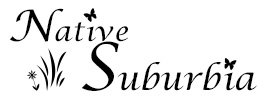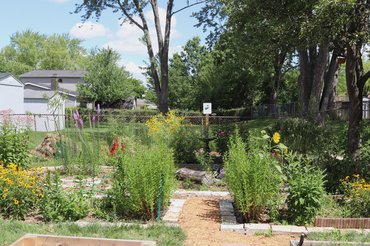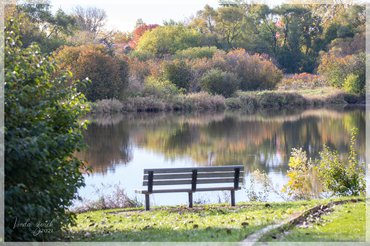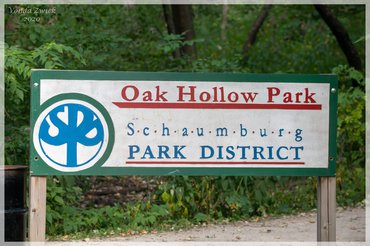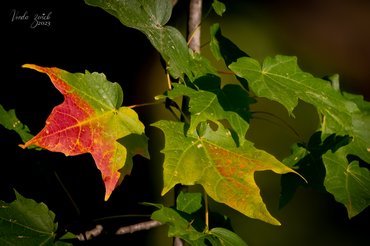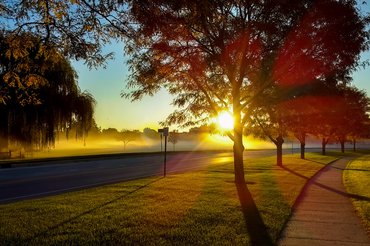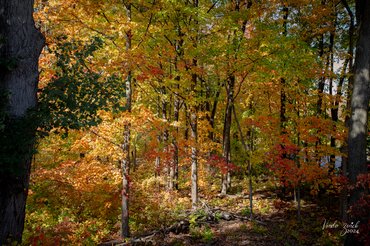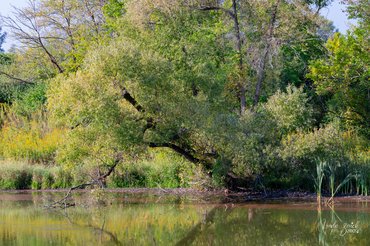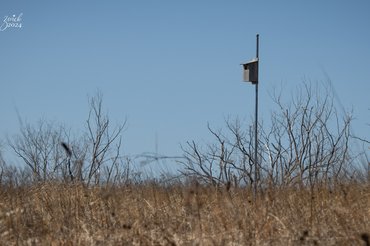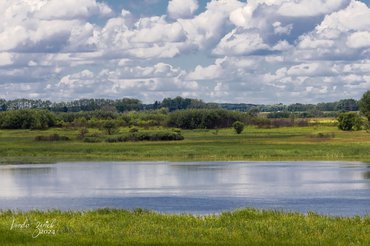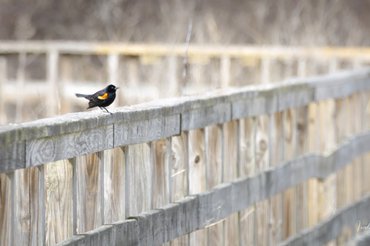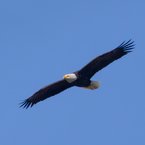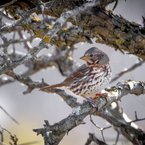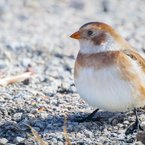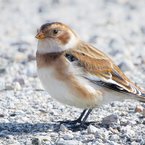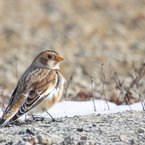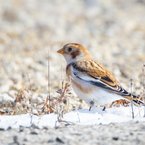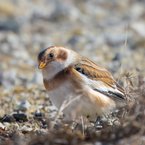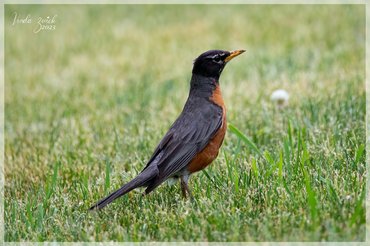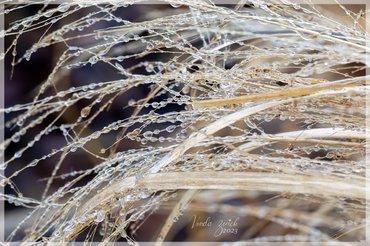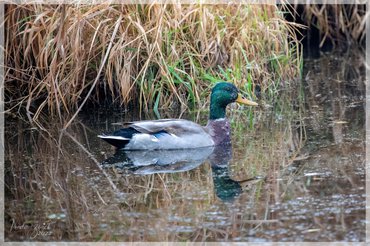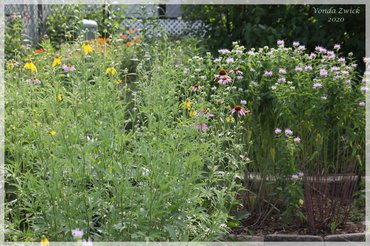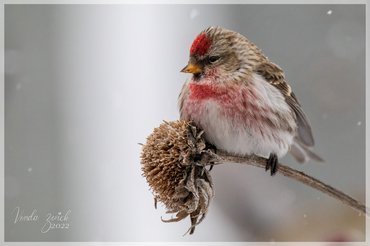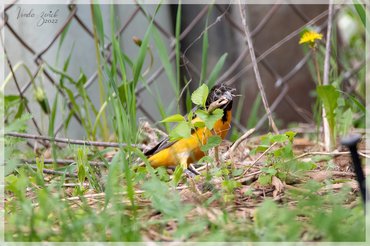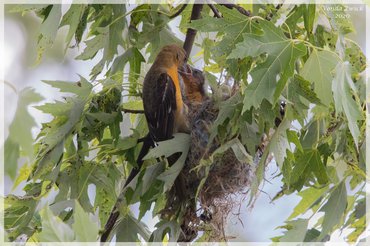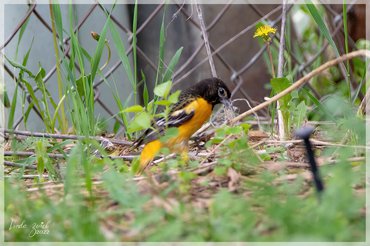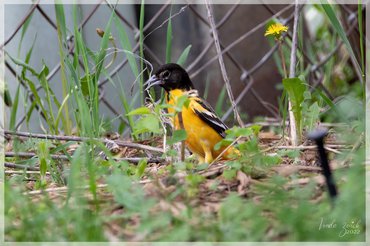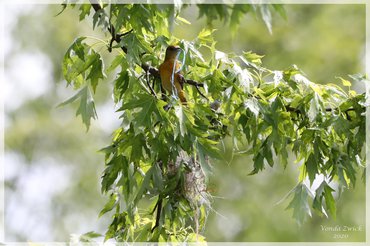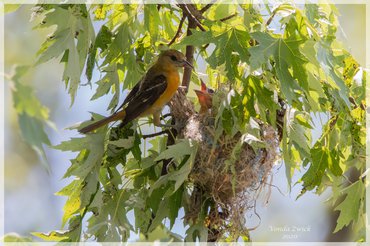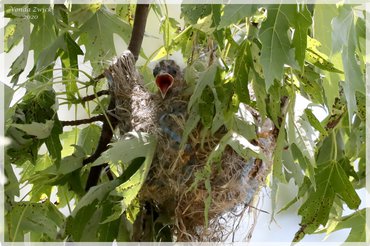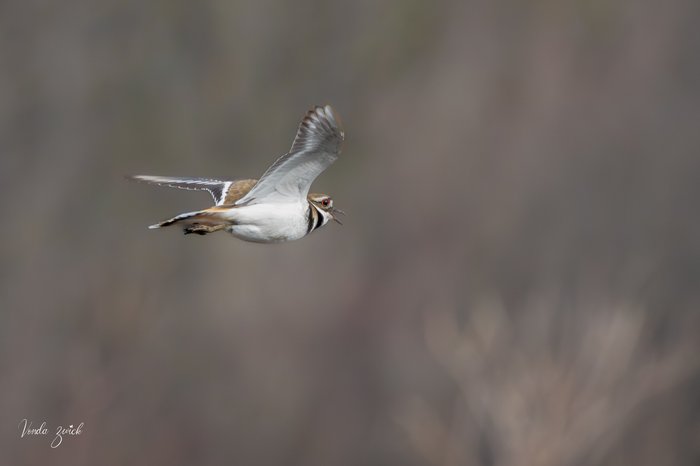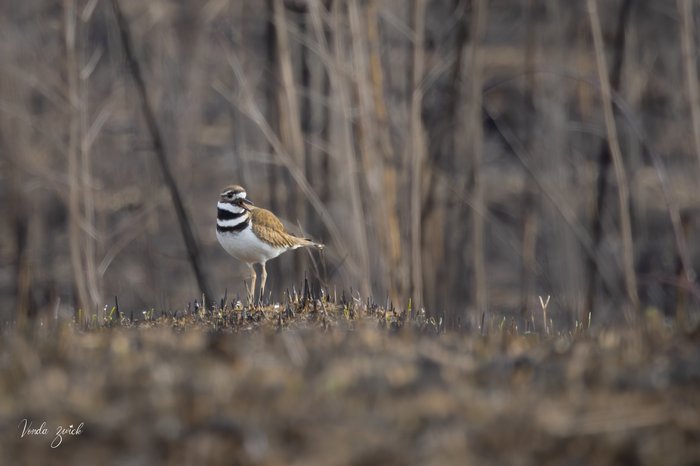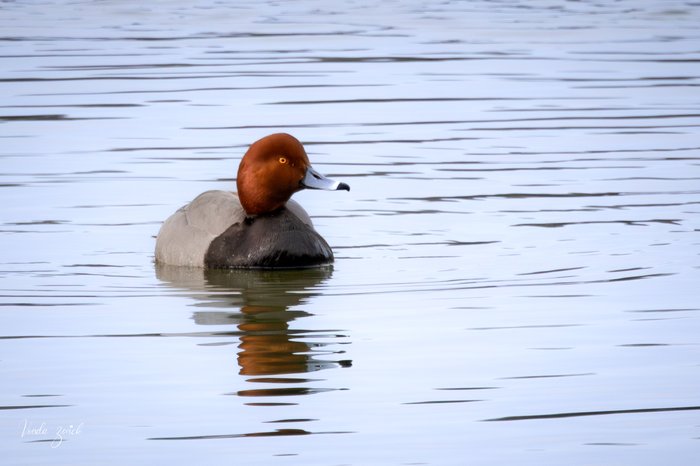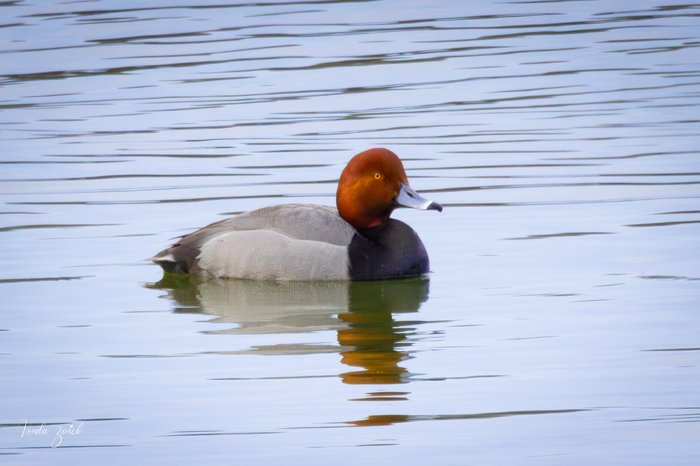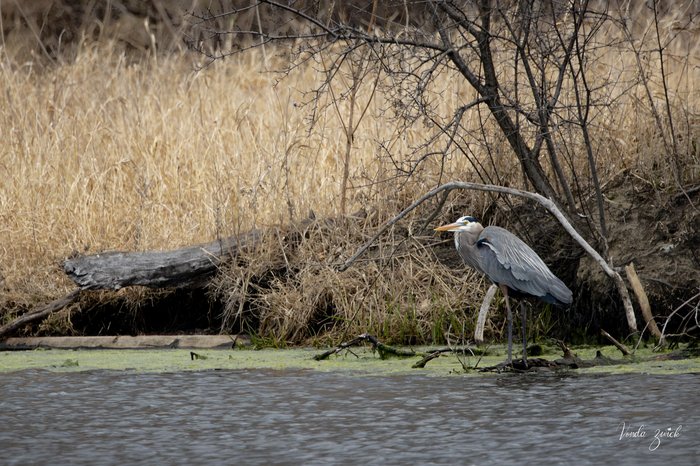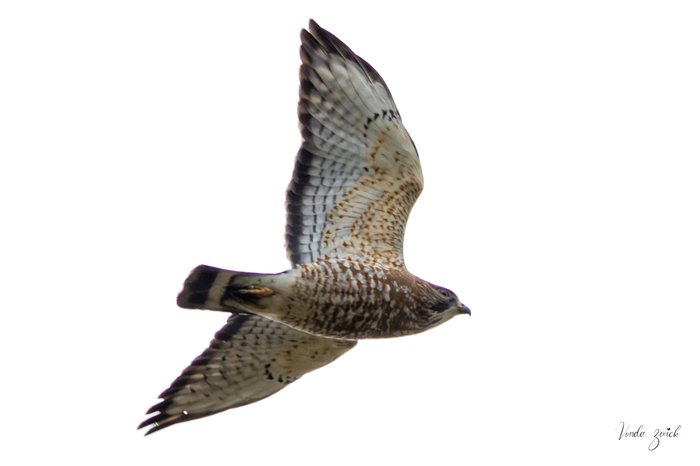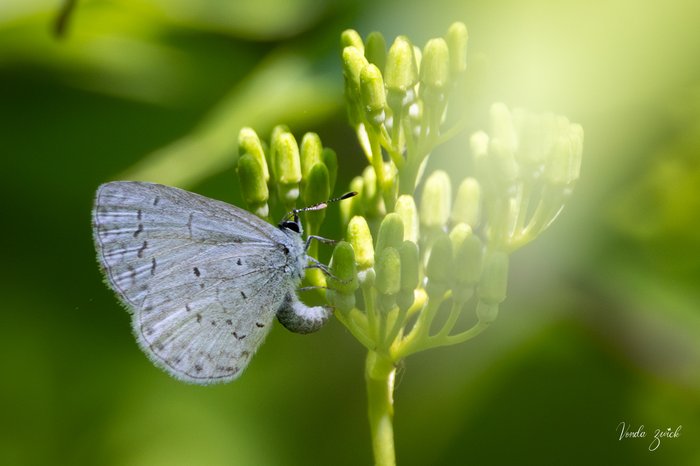Species Sightings by Location
Backyard and Home
Birds: 59 species
Butterflies and Moths: 31 species
Dragonflies and Damselflies: 10 species
Bees, Wasps, and Flies: 27 species
Other Insects, Spiders, and Bugs: 15 species
Mammals: 8 species
Reptiles, Amphibians, and Fish: 2 species
Forbs: 59 species
Woodland Flowering Plants: 4 species
Grasses and Sedges: 2 species
Shrubs and Trees: 9 species
Other Plants: 1 species
Visits: 380
Ruth Macintyre Conservation Area
Birds: 137 species
Butterflies and Moths: 24 species
Dragonflies and Damselflies: 28 species
Bees, Wasps, and Flies: 7 species
Grasshoppers, Katydids, and Crickets: 3 species
Other Insects, Spiders, and Bugs: 5 species
Mammals: 9 species
Reptiles, Amphibians, and Fish: 5 species
Forbs: 30 species
Woodland Flowering Plants: 1 species
Grasses and Sedges: 1 species
Shrubs and Trees: 7 species
Visits: 690
Oak Hollow Conservation Area
Birds: 80 species
Butterflies and Moths: 1 species
Dragonflies and Damselflies: 3 species
Mammals: 5 species
Reptiles, Amphibians, and Fish: 1 species
Forbs: 6 species
Woodland Flowering Plants: 10 species
Grasses and Sedges: 1 species
Shrubs and Trees: 3 species
Vines: 1 species
Visits: 71
Crabtree Nature Center
Birds: 113 species
Butterflies and Moths: 19 species
Dragonflies and Damselflies: 5 species
Bees, Wasps, and Flies: 2 species
Grasshoppers, Katydids, and Crickets: 2 species
Other Insects, Spiders, and Bugs: 4 species
Mammals: 11 species
Reptiles, Amphibians, and Fish: 5 species
Forbs: 17 species
Grasses and Sedges: 1 species
Shrubs and Trees: 3 species
Vines: 1 species
Visits: 84
Spring Valley Nature Sanctuary
Birds: 4 species
Butterflies and Moths: 1 species
Dragonflies and Damselflies: 1 species
Reptiles, Amphibians, and Fish: 1 species
Visits: 1
Campanelli Park
Birds: 17 species
Dragonflies and Damselflies: 1 species
Grasshoppers, Katydids, and Crickets: 1 species
Mammals: 1 species
Reptiles, Amphibians, and Fish: 1 species
Forbs: 4 species
Visits: 17
Busse Woods
Birds: 4 species
Butterflies and Moths: 17 species
Dragonflies and Damselflies: 3 species
Other Insects, Spiders, and Bugs: 2 species
Mammals: 1 species
Reptiles, Amphibians, and Fish: 1 species
Forbs: 1 species
Visits: 17
Horizon Farm Forest Preserve
Birds: 27 species
Butterflies and Moths: 4 species
Mammals: 1 species
Forbs: 2 species
Grasses and Sedges: 1 species
Shrubs and Trees: 1 species
Visits: 13
Dick Young Forest Preserve
Birds: 8 species
Butterflies and Moths: 3 species
Forbs: 2 species
Visits: 2
Images of the Day
Nov. 10, 2025
Latest Image Series
2023 May Bird-A-Day Challenge
It is time for the May Bird-A-Day Challenge, a challenge hosted by the Backyard Bird and Wildlife Lovers Facebook Group. The goal is to spot a different species each day of the month. Once a species has been used, it cannot be used again, and the species for that day cannot be changed once it is finalized.
October 2022 Wildlife Challenge
This challenge includes all wildlife, but I try to stick to the birds.
Latest Entries in the Discovery Journal
Worth a Read: Beautiful Flowers that Bees Can’t Use.
Posted Vonda on Feb. 23, 2023, 9:24 a.m.
Link: https://www.bbc.com/future/article/20230222-the-beautiful-flowers-that-bees-cant-use
This piece describes the benefits of using native plants and explains why the big showy flowers developed by the horticultural industry may be useless to bees and the ecosystem.
New Feature: On This Day.
Posted Vonda on Feb. 1, 2023
The On This Day page in the Gallery menu now displays all photos taken on the current day (month and day) in history.
Plant Milkweed for the Orioles?!?
Posted Vonda on May 17, 2022
Everyone knows that planting milkweed is good for the Monarch butterfly. But did you know that milkweed is beneficial in other ways? In addition to feeding monarch caterpillars and to being a great plant for pollinators, milkweed fibers are particularly suited to being used in the construction of oriole nests.
New in the Gallery
-
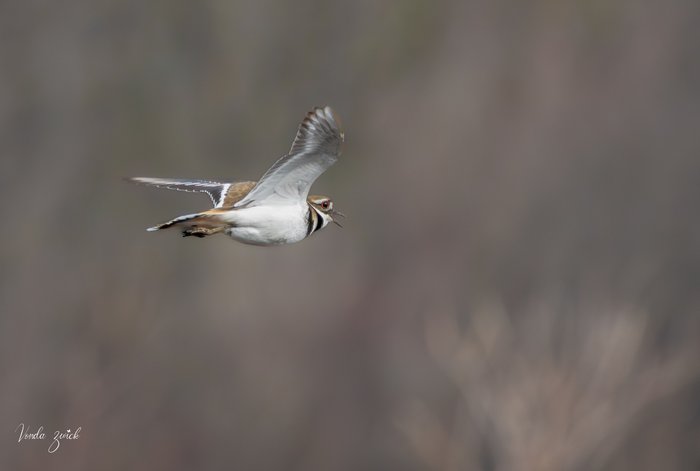
Killdeer
At Crabtree Nature Center
-
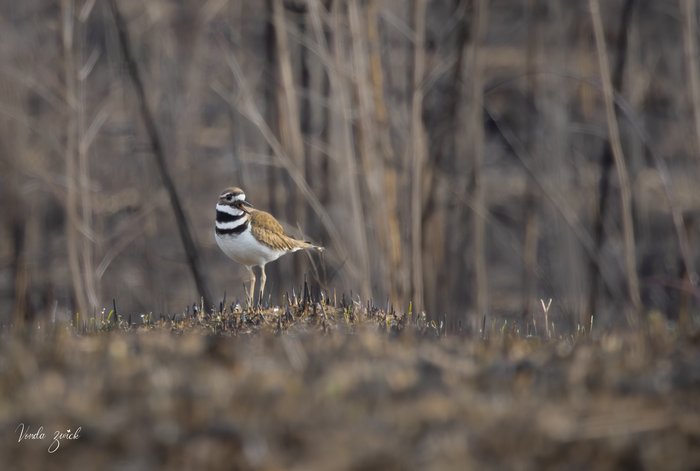
Killdeer
At Crabtree Nature Center
-
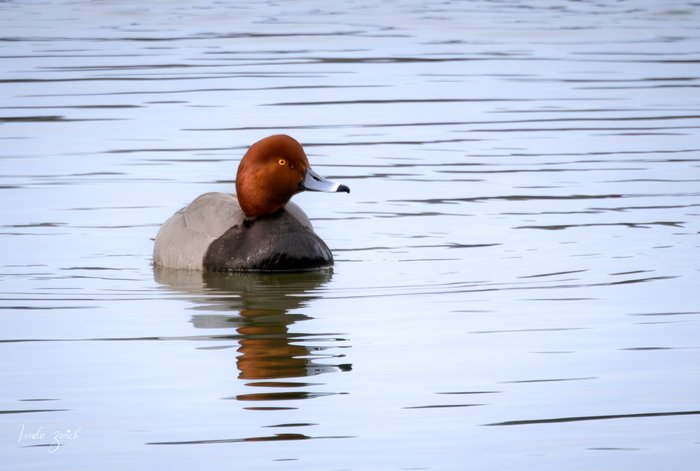
Redhead
On Crabtree Lake
-
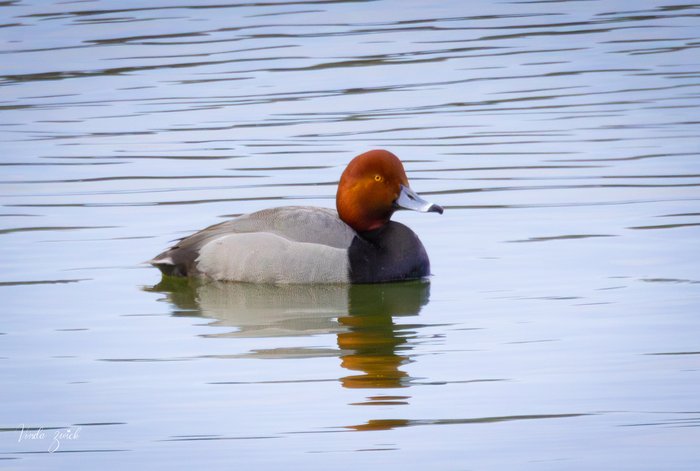
Redhead
On Crabtree Lake
-
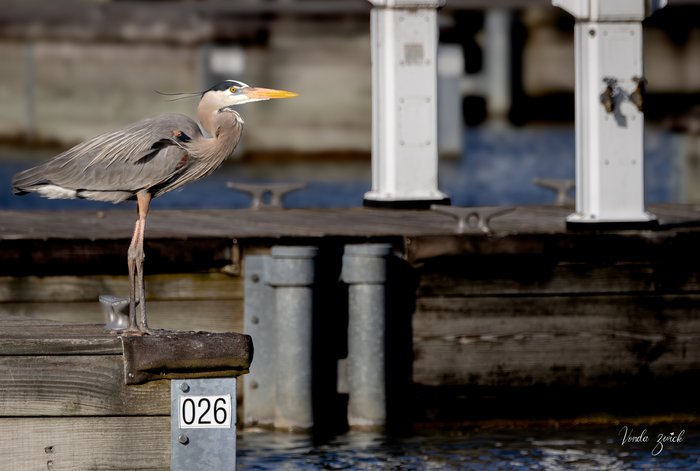
Great Blue Heron
At the Marina at Fox River Forest Preserve
-
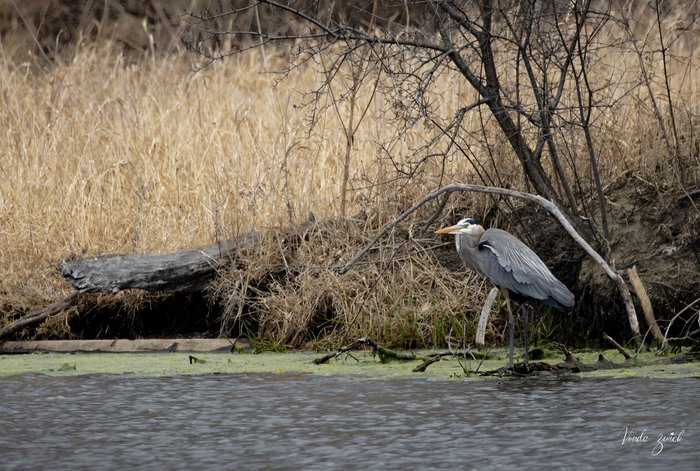
Great Blue Heron
At Ruth Macintyre Conservation Area
-
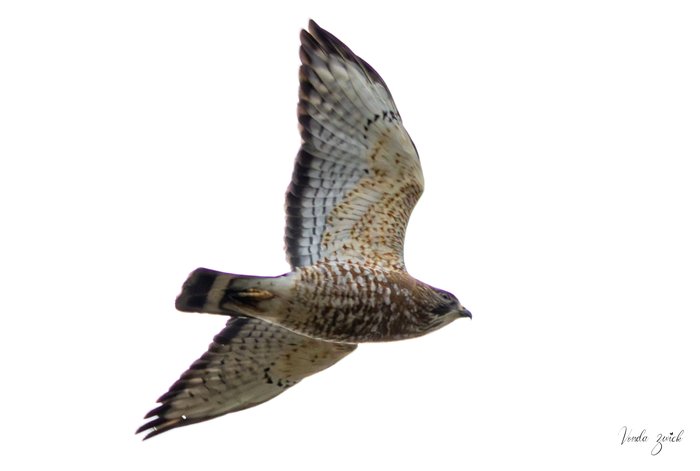
Broad-winged Hawk
In flight at Ruth Macintyre Conservation Area
-
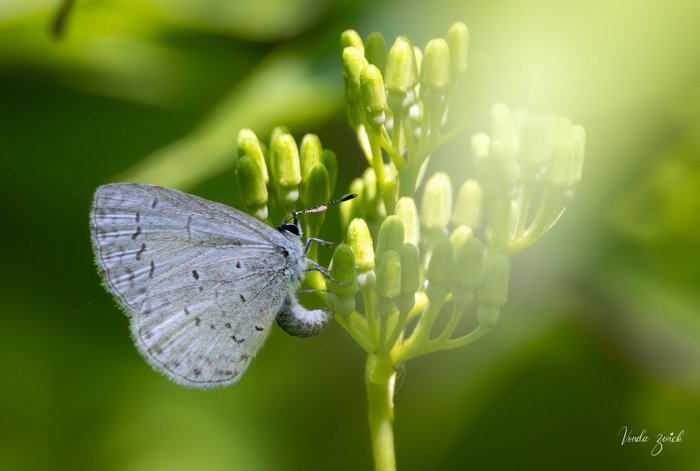
Summer Azure
Ovipositing on a dogwood flower
About Us
Native Suburbia provides a glimpse at the diverse native plants and wildlife that can be found in a Chicago Suburban ecosystem. Our Discovery Journal and Gallery feature photos of native plants and wildlife found in a suburban backyard or suburban conservation area setting. We look at the relationship between wildlife and native plants and the restorative effects that planting native plants can have on the health of the local ecosystem.
Our Mission
To share an appreciation for all life in the local ecosystem and to demonstrate the immense changes and increased diversity that adding native plantings can have on that ecosystem, even in an environment as small as a suburban backyard. We hope that one day a more natural landscaping will be favored over a sterile lawn for the betterment of our planet and all life living on it.
To document our observations and findings regarding native plants and wildlife in the Chicago suburban area.
To maintain a database of observations and photos for plant and animal species observed.
